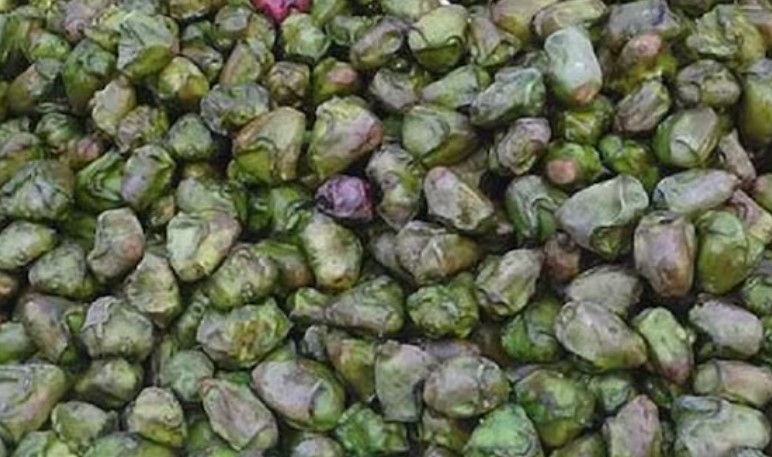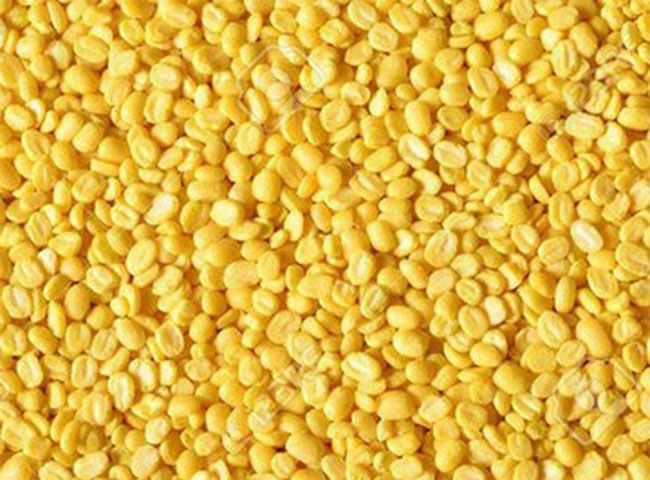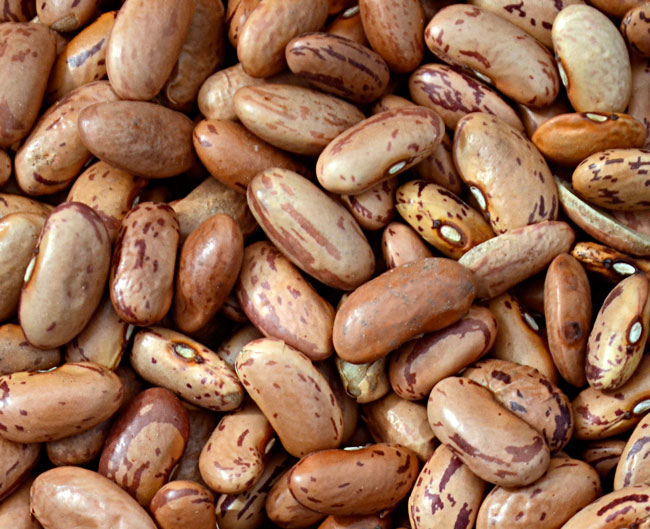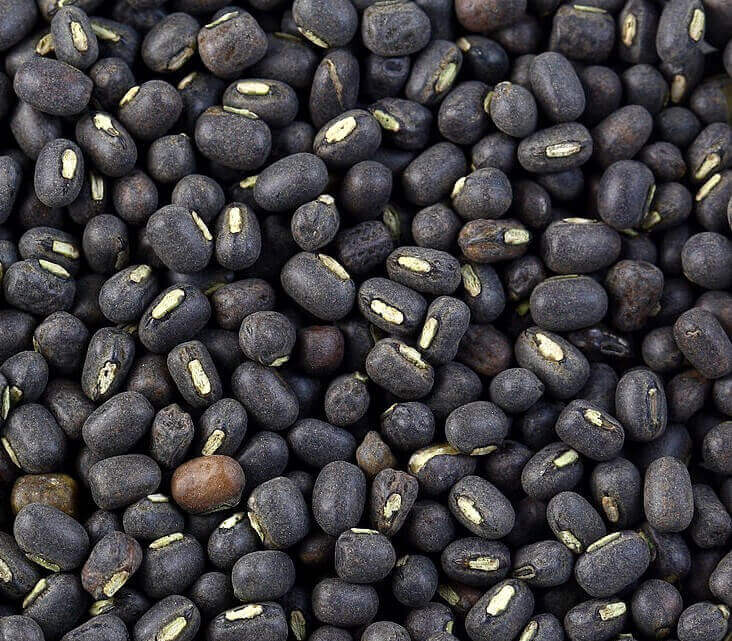Water Chestnut : It is an aquatic vegetable is commonly known by its scientific name, Eleocharis dulcis. It is popular in various cuisines around the world and is particularly well-known in Asian cooking.
Nutritional Profile and Health Benefits
- Nutrient-Rich: Water chestnuts are low in calories but high in nutrients, including carbohydrates, fiber, vitamins B6, potassium, and manganese.
- Weight Management: Due to their low-calorie and high-fiber content, water chestnuts can help in weight management by promoting a feeling of fullness.
- Digestive Health: The high fiber content aids in digestion and helps prevent constipation.
- Heart Health: Potassium in water chestnuts helps regulate blood pressure and supports heart health.
- Antioxidant Properties: They contain antioxidants that help combat oxidative stress and reduce the risk of chronic diseases.
- Hydration: Composed of about 74% water, water chestnuts can help keep you hydrated.
Check other list of ingredients on our site
Culinary Uses
- Raw Consumption: You can eat water chestnuts raw. They have a crisp texture and a slightly sweet flavor.
- Cooking: People often use water chestnuts in stir-fries, salads, and various Chinese dishes because they retain their crunchy texture even after cooking.
- Canned Form: You can find canned water chestnuts, making them convenient to add to dishes without any preparation.
Traditional and Modern Uses
- Flour: Water chestnut flour is used in various traditional recipes, especially in Indian cuisine during fasting periods. You can use it to make pancakes, fritters, and other baked goods.
- Snacks: Roasted or boiled water chestnuts are popular snacks in many cultures.
- Medicinal Uses: People believe water chestnuts have cooling properties and use them to treat conditions like jaundice, indigestion, and nausea.
Selection and Storage
- Selection: When buying fresh water chestnuts, look for ones that are firm, without soft spots or blemishes.
- Storage: Fresh water chestnuts should be stored in a cool, dry place and can last for a few weeks. Once you peel them, store them in water in the refrigerator and use them within a few days.
Water chestnuts are not only versatile in cooking but also bring numerous health benefits, making them a great addition to a balanced diet.
Water Chestnut सिंघाड़ा : (जिसे अंग्रेजी में Water Chestnut कहा जाता है) एक जलीय पौधे का फल होता है, जो मुख्यतः तालाबों, झीलों और धीमे बहाव वाले जलाशयों में पाया जाता है। इसका वैज्ञानिक नाम Eleocharis dulcis है। सिंघाड़ा के फल का उपयोग खाद्य सामग्री के रूप में किया जाता है और यह विशेष रूप से भारतीय उपमहाद्वीप में लोकप्रिय है।
सिंघाड़ा के गुण और लाभ
- पोषक तत्वों से भरपूर: सिंघाड़ा में कार्बोहाइड्रेट, प्रोटीन, विटामिन बी6, पोटेशियम और फाइबर की अच्छी मात्रा होती है।
- वजन घटाने में सहायक: इसमें कैलोरी कम होती है और यह फाइबर से भरपूर होता है, जो पेट को भरा हुआ महसूस कराता है।
- पाचन में सुधार: इसका उच्च फाइबर कंटेंट पाचन तंत्र को स्वस्थ रखने में मदद करता है।
- हृदय स्वास्थ्य: पोटेशियम की उपस्थिति हृदय स्वास्थ्य के लिए लाभकारी होती है, क्योंकि यह रक्तचाप को नियंत्रित करने में मदद करती है।
- एंटीऑक्सिडेंट गुण: सिंघाड़ा में एंटीऑक्सिडेंट्स होते हैं जो शरीर में मुक्त कणों को कम करने में मदद करते हैं।
उपयोग
- खाद्य रूप में: सिंघाड़ा को कच्चा, उबला हुआ या पका कर खाया जा सकता है। इसका उपयोग चटनी, आचार और मिठाई बनाने में भी किया जाता है।
- आटे के रूप में: सिंघाड़ा का आटा उपवास के दौरान उपयोग किया जाता है। इससे पूड़ी, परांठा और अन्य व्यंजन बनाए जाते हैं।
- पारंपरिक चिकित्सा: आयुर्वेद में सिंघाड़ा का उपयोग कई औषधीय गुणों के लिए किया जाता है।
सिंघाड़ा का सेवन स्वास्थ्य के लिए लाभकारी होता है और यह स्वादिष्ट होने के साथ-साथ पोषक तत्वों से भी भरपूर होता है।




